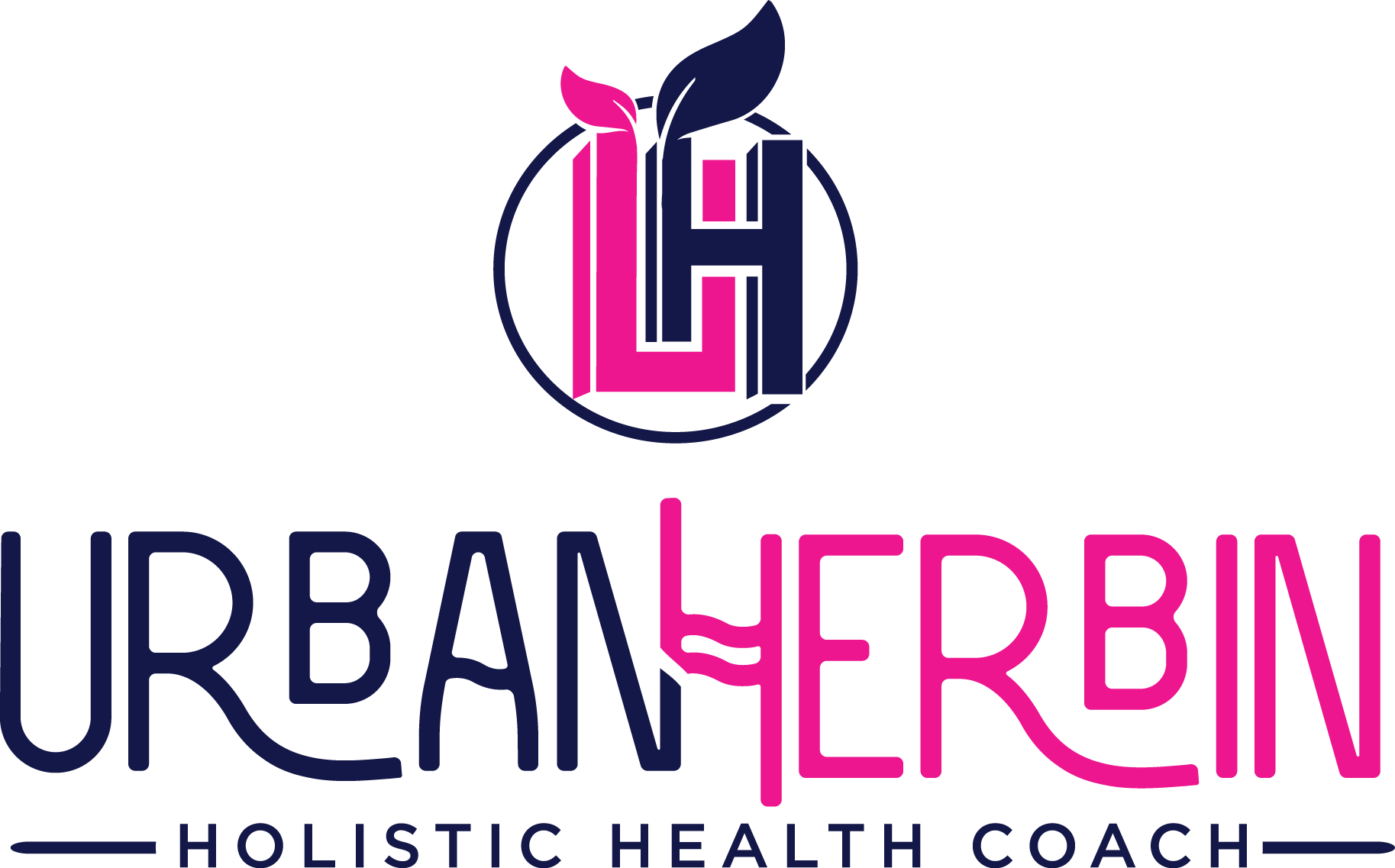When someone mentions “menstrual cycle”, most people think of the week when Aunt Flo comes to visit (also dubbed “hell week” in some circles). The truth of the matter is that a normal menstrual cycle lasts between 28-32 days.
During those 28 days, your body goes through a series of changes as your hormones rise and fall.
Wait… You probably want to know why this is important.
If you are having any PMS symptoms, heavy periods, irritability, PCOS, or any other symptoms of a hormonal imbalance, knowing what is happening in your body is critical to naturally heal.
So let’s get into it!
The 4 Phases:

Phase 1: “Hell Week” aka The Menstrual Cycle
This is the week of your period. Blood is flowing as the body is cleansing itself. The hormones estrogen and progesterone are low so you feel fatigued. Your body is in self-care mode so you are less social. Your clarity and intuition are at an all-time high so this makes it the best time to evaluate your life, reflect on the past month, and make the most informed decisions moving forward.
Make sure you support your body by eating enough calories and doing exercises that engage in mindfulness (i.e. yoga (no headstands), taking a walk, or stretching). NO VIGOROUS EXERCISES
Eat nourishing foods that build iron, assist in iron absorption, and are anti-inflammatory.
- Beef, Fish, Poultry, Liver
- Turmeric
- Ginger
- Cinnamon
- Cayenne
- Cardamom
- Cumin
- Garlic
- Parsley
- Curry
During the menstrual cycle phase, just make sure you take the time to replenish your energy, nourish your body and needs, and move a bit slower.
Phase 2: The Follicular Phase
The phase of new beginnings. This phase starts right after bleeding ends when reproductive hormones are at their lowest. Your estrogen levels begin to increase. This boost will have you feeling curious, inspired, and in planning mode.
Your creative energy is at an all-time high. Use it to brainstorm, explore new ideas, create a vision board, manage existing projects, test new approaches, or plan your next career move. Stay open to whatever comes your way.
Since you are feeling light and energetic, you can engage in high-intensity workouts. This is also the optimal time because your ovaries will be small since ovulation has not taken place. Best workout: Light cardio + Heavy weights
Make sure you eat foods that pack plenty of vitamins, nutrients, and energy. Add frozen fruit or lemon to H2O to increase energy and give your body a boost. Enhance this phase eating foods like:
- Beef, Lamb
- Eggs
- Dairy
- Chia seeds
- Quinoa
- Pumpkin Seeds
- Almonds
- Walnuts
- Kale
- Sweet potatoes
- Apricot
Use this phase to explore your creative energy and stay open to whatever comes your way.
Phase 3: The Ovulatory Phase
This is the “love phase” that happens for 3 or 4 days right in the middle of your cycle when both your estrogen and testosterone levels peak. Your vaginal discharge changes in color and consistency (becomes more mucus-like and clear).
This hormone shifts light up the verbal and social areas of your brain. This encourages more outward-focused energy. The body also requires less sleep at this time so take advantage of this by networking, solving ongoing problems, following up on important projects, having important conversations, or negotiating contracts.
Since you have so much outward-focused energy, high-intensity workouts, and spinning are good ways to expend this extra energy. Women should be careful though as this is a time when women can easily tear their ACL. Also, if you are experiencing ovulation pain, stick with low-impact exercises. Abdominal stretching and twisting can cause discomfort.
During this phase, you want to avoid salty foods to eliminate bloating. Make sure you stay hydrated and eat fiber-rich foods to avoid constipation. Use these foods to support your body during this phase:
- Beef, Fish, Eggs, Shellfish
- Cauliflower
- Broccoli
- Tomatoes
- Potatoes
- Watermelon, Cantaloupe,
- Cucumbers
- Spirulina
- Macadamia Nuts
- Eggplant
Use this phase to communicate important thoughts and concerns and to be proactive about checking things off your to-do list.
Phase 4: The Luteal Phase
This is the longest phase in the menstrual cycle. Estrogen and progesterone levels rise and energy starts to dwindle. Progesterone has a relaxing effect so this can cause sleepiness and lax ligaments.
This is the time when you may be feeling particularly “introverted”. Use this phase to put your head down and focus while saying NO to invitations that are really just distractions. This is the perfect time to follow through on projects, examine details, or do administrative work.
At the end of this phase, progesterone levels drop rapidly so you may begin to experience some PMS symptoms (fatigue, mood swings, irritability).
Since your ligaments are lax, exercises that are high impact or exert lots of force can cause injury. You may want to try low-impact and gentler exercises (swimming, brisk walking, or pilates). Also, longer gym sessions with longer rest periods are better during this phase.
Eating during this phase is about nourishing your body with warm, soft, and comforting foods. Avoid caffeine and stay hydrated or else you will feel worse (PMS). Foods that are high in iron and are ultra-nourishing are:
- Bone Broth, Beef, Tuna, Salmon, Poultry, Shellfish
- Veggie broth
- Kale
- Cabbage
- Carrots
- Bananas
- Plantain
- Black Beans
- Dark chocolate
Eating more calories during this phase may stabilize blood sugar and balance insulin. Supporting the body w/ proper nutrients and rest will help you avoid PMS symptoms.

